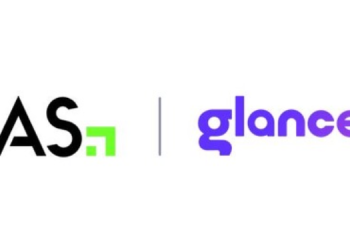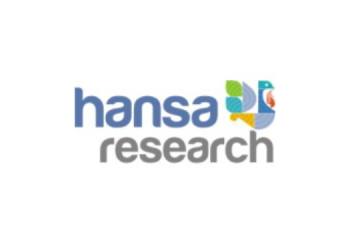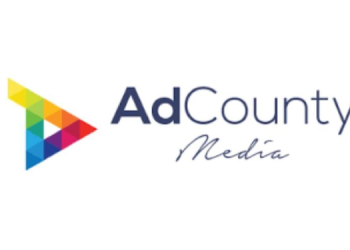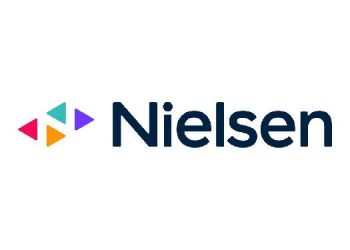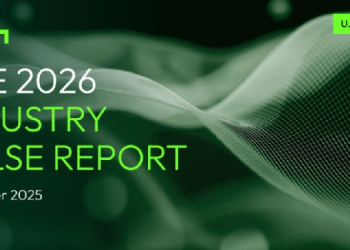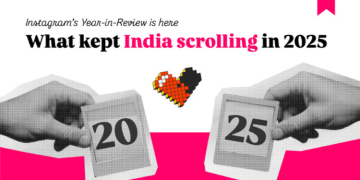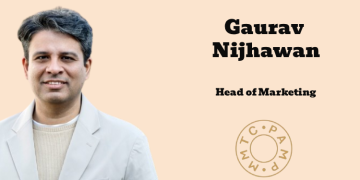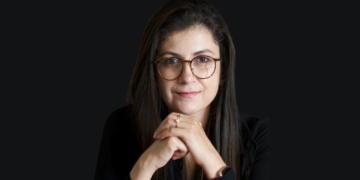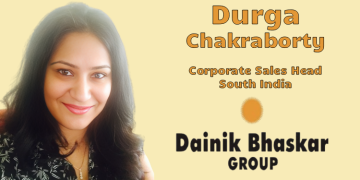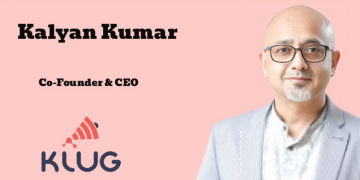MUMBAI: Adobe has announced 2025 Creative Trends Forecast, highlighting the top trends for 2025. In this year’s annual Adobe Creative Trends Forecast, we find that the top trends for 2025 reflect the urge for both escapism and reality, with creators leaning into imaginative and surreal new visuals, humorous perspectives, immersive experiences, and more.
Key 2025 Creative Trends
Fantastic Frontiers
The Fantastic Frontiers trend invites audiences to explore magical, uncharted worlds where imaginative and unreal new visuals reflect our desire for escapism. Fantastic Frontiers merges technology and culture, signaling a future in which our imaginations are truly limitless. Years of digital world-building, especially in gaming, have prepared us for this shift, fueling consumer appetite for these dreamlike images. Generative AI is also revolutionising creativity, allowing artists to make the extraordinary possible. And we are seeing this trend now in traditionally produced commercial projects just as often as in AI-generated content.
Levity and Laughter
Humour has long been media’s secret sauce, with 90 percent of consumers more likely to remember funny ads over serious ones. At the 2023 Cannes Film Festival, 52 percent of category-winning films were comedies —up 43 per cent from 2022 — highlighting humor’s universal appeal.
Representing the next wave of comedic perspectives in brand messaging, the Levity and Laughter trend is characterised by the use of humor to make content more engaging and memorable. Brands are discovering that memes and other funny posts are shared more often than serious posts on social platforms, so they’re crafting humorous posts to reach larger audiences. And by embracing the casual, playful tone we use online, companies are building more personal connections with consumers, making their brands feel more relatable and human.
This trend also allows creators to approach serious issues without being heavy-handed or divisive, boosting engagement with sharable experiences that are at once joyful and meaningful.
Time Warp
As the space economy surges, reaching an estimated $1 trillion in annual revenue by 2040, we’re seeing a similar rise in retrofuturism.
Turbocharged by AI, the Time Warp trend blends futuristic components with historical and vintage elements, pulling styles from ancient Rome, the roaring twenties, the groovy seventies and beyond, to create a nostalgic yet fresh aesthetic. Generative AI has played a key role in popularizing this style by making it easier to experiment and combine elements from different eras. But as this aesthetic has gained mainstream engagement, we are seeing a surge of traditionally produced (non-AI) commercial projects in this style as well.
This juxtaposition of past and future is even capturing the attention of Gen Zers, who are increasingly showing interest in, and even yearning for, a past they didn’t experience firsthand. The world is changing rapidly and Time Warp remixes eras and reimagines history for the future.
Immersive Appeal
As we spend more time on screens, there’s been a corresponding demand for multisensorial experiences. The Immersive Appeal trend offers a powerful solution by creating interactions that spark joy and wonder. From immersive art installations and theme parks to experiential shopping, examples of this trend can go far beyond the visual to involve touch, sound, and even smell.
With consumers craving more sensory involvement and today’s technology making it possible, we’re seeing a rise in marketing campaigns that literally surround us. Brands are using a strategy known as ‘world-building’ to transport us into their fully realized universes. The best-known example of this is the Barbie marketing phenomenon, which encompassed a blockbuster movie, real-world events, and a variety of themed “Barbie-core” experiences.
Immersive Appeal Adobe explains cures screen fatigue by inviting audiences to enter fantastic interactive worlds and prioritising profoundly felt experiences over passive consumption.


